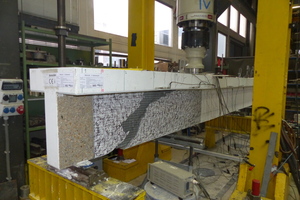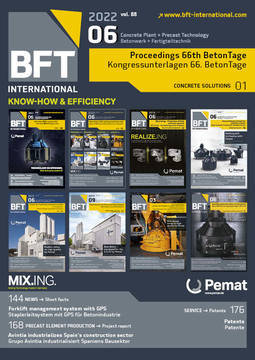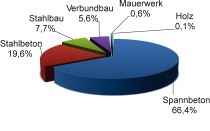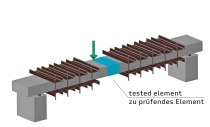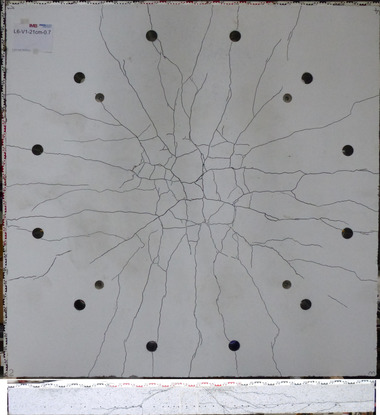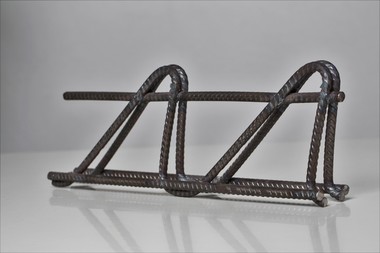Investigating the effectiveness of carbon-reinforced concrete infills
Re-analyses of existing reinforced-concrete buildings or structures often reveal shear resistance deficits. This is primarily due to higher loads, for instance owing to heavy-truck traffic or conversion and reuse, but also to changed normative requirements compared to the time when the building or structure had originally been designed and constructed.
Efficient and reliable strengthening measures are necessary to maintain and operate such existing structures until the end of their intended service life.
Carbon-reinforced concrete infills added to the cross-section increase the shear resistance of structural components considerably. In addition, the carbon reinforcement makes a major contribution to implementing a resource-efficient and durable strengthening concept thanks to its corrosion resistance and high tensile strength because the dimensions of the cross-sectional reinforcement are minimized. Unlike conventional reinforcing techniques, such as gluing reinforcement onto the element or installing supplementary reinforcement in grooves, the use of carbon-reinforced concrete to increase the shear resistance of structural components is not governed by any standard, guideline or general technical approval.
Within the V2.7 C³ research project funded by the Federal Ministry of Education and Research, conventional reinforced-concrete T beams were strengthened with carbon-reinforced concrete, and their load-bearing behavior in shear was investigated systematically. Parameters of the strengthening layer such as the type of reinforcing material, the number of individual layers or the arrangement of the strengthening portion were varied, as was the shear reinforcement ratio of the reinforced-concrete specimen as such. A photogrammetry system analyzed the resulting load-bearing and failure mechanisms.
The findings of this research make an important contribution to deriving an appropriate shear model while proving the potential of carbon-reinforced concrete for increasing the shear resistance of structural components effectively.

